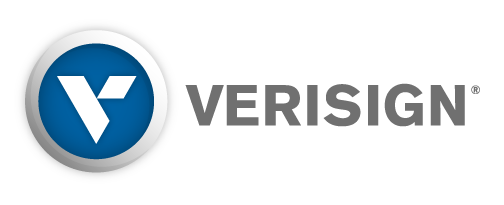OARC 31 (Austin, TX, USA)AGM
Griffin Hall
JW Marriott Austin
DNS-OARC went to Austin, TX for its 31st Workshop!
DNS-OARC is a non-profit, membership organization that seeks to improve the security, stability, and understanding of the Internet's DNS infrastructure. Part of these aims are achieved through workshops.
DNS-OARC Workshops are open to OARC members and to all other parties interested in DNS operations and research, with attendees from NANOG 77 and ARIN 44 particularly welcome this time around - as OARC 31 takes place in the same venue, right after NANOG77 and in parallel with ARIN44.
WORKSHOP PATRONS 2019
PROMOTER
 |
Annual Workshop Patrons for 2019 are available. Details at: https://www.dns-oarc.net/workshop/patronage-opportunities
OARC 31 SPONSORS
ASSOCIATE
 |
Sponsorship opportunities for OARC 31 are available. Details at: https://www.dns-oarc.net/workshop/sponsorship-opportunities
Video:
- Day One, Morning Session One
- Day One, Morning Session Two
- Day One, Afternoon Session One
- Day One, Afternoon Session Two
- Day Two, Morning Session One
- Day Two, Morning Session Two
- Day Two, Afternoon Session
Jabber: xmpp:dns-operations@conference.dns-oarc.net
Twitter hashtag: #OARC31
Sponsors: We have various sponsor opportunities for OARC workshops.
If your organization is interested in sponsoring OARC workshops, please e-mail sponsor@dns-oarc.net for more information.
Aaran McGuire
Adam King
Ajay Sriram
Alain Durand
Alex Fattouche
Allison Mankin
Anand Buddhdev
Anbang Wen
Andrea Urban
Andrei Lukovenko
Arman Baratifar
Austin Hounsel
Bill Snow
Brian Dickson
Brian Hartvigsen
Carl Clements
Carol Stephens
Casey Deccio
Chris Caron
Chris Cherry
chris jackman
Chris Richardson
Christian Elmerot
Christian Petrasch
Cricket Liu
Dan Kriz
Daniel Mahoney
Dave Knight
David Back
David Lawrence
David Marsolais
Denesh Bhabuta
Dina Kozlov
Dmitry Kohmanyuk
Duane Powers
Duane Wessels
Dung Xuan Phan
Eddy Winstead
Eduardo Duarte
Eduardo Mercader
Evan Hunt
Felipe Barbosa
Franklin Trumpy
Geoff Horne
Geoff Huston
Gopi Chand Komma
Grace Tsao
Han Zhang
Hugo Kobayashi
Isabelle Canty
Isaiah Connell
Jacob Zack
Jacques Latour
Jan Horak
Jan Včelák
Jared Mauch
Jaromír Talíř
Jeff Herman
Jeff Westhead
Jeremy Brown
Jerry Lundström
Jesse Kipp
jim reid
Jinyuan Feng
Joao Damas
John Steele
John Todd
Jonathan Reed
Jordan Gottlieb
Joseph Crowe
Josh Simpson
Karl Henderson
Karl Reuss
Kazunori Fujiwara
Keith Mitchell
Ken Renard
Larry Campbell
Linjian Song
Maarten Wullink
Manu Bretelle
Marcelo Gardini
Marco Diaz
Marek Vavrusa
Matt Ploessel
Matt Weinberg
Matthew Ford
Matthew Pounsett
Mauricio Vergara Ereche
Mike McLean
Miles McCredie
Nathan Van Overloop
Nicholas Kindberg
Nick Sullivan
Nicolai Leymann
Nicolas Williams
Ondrej Sury
Paul Adair
Paul Ebersman
Penelope O'Leary
Peter DeVries
Peter Hagopian
Peter Janssen
Peter Losher
Petr Marciniak
Petr Špaček
Prashanth Suvarna
Puneet Sood
Ralf Weber
Ralph Bischof
Ralph Dolmans
Ricardo Meleschi
Rick Burkinshaw
Robert Edmonds
Robert Story
Sergio Tenorio
Shane Kerr
Shawn Winstead
Shinta Sato
Shuang Hao
Shumon Huque
Stefan Ubbink
Steve DeJong
Steven Parsons
Sue Graves
Suzanne Woolf
Tom Arnfeld
Tyson Vinson
Ulrich Wisser
Vicky Risk
Victor McLane
Viktor Dukhovni
vincent levigneron
Vittorio Bertola
Wayne MacLaurin
Wes Hardaker
Yang Yu
Yong Ma
Yoshiro YONEYA
Ólafur Guðmundsson